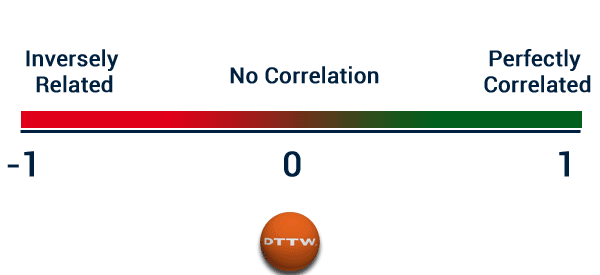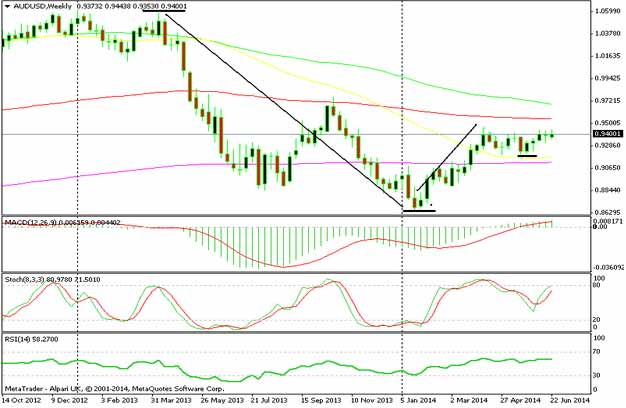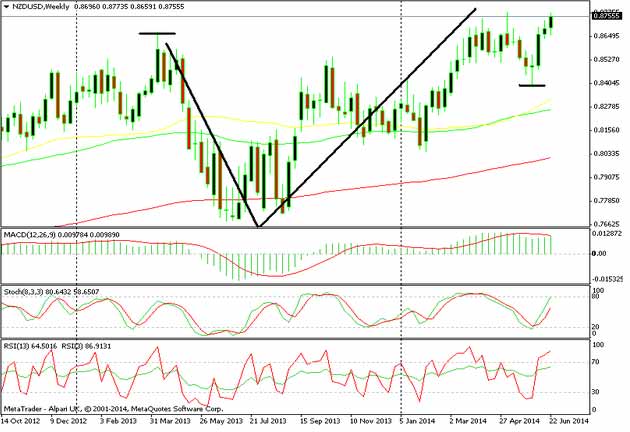As a trader, your success will be solely dependent on the strategy you use. As a result of the increasing volume of daily trades and the number of people and institutions involved in trading, there is equally a high number of trading strategies in the market.
We have already discussed the scalping technique in our previous article. Other trading strategies include: hedging, social trading, and automatic trading.
In this article, We will focus on hedging as a trading technique and how you can maneuver it.
Table of Contents
Hedging Trading Techniques – Introduction
Hedging is one of the most common trading strategies. In addition, it is one of the most challenging strategies in the market today but one which all traders should be aware of.
It has made many people such as hedge fund managers wealthy within a short period of time. It is however not an easy strategy.
A good way to look at the hedging strategy is by comparing it with one of the most common financial services in the market: insurance.
Whenever you buy insurance, you are simply passing on the risk of any bad thing to a third party. For instance, if you have a motor vehicle accident, the risk will be passed to the insurer who will take care of the repairs.
In the trading environment, when you hedge, you are simply taking an insurance cover against a negative event.
As We from past experiences, in trading, negative events will always be there. At times, even after doing in-depth analysis, the market will go against you. However, when you are hedged, you simply reduce the risk of large losses.
Buying an insurance cover is a simple process. In fact, today with the internet, you can simply buy an insurance cover with a few clicks.
Types of hedgers in the market
There are three main types of hedgers in the market. First, we have investors, who buy assets and hold them for a long time. A good example of this are hedge fund managers who buy stocks and still keep a short portfolio. Other hedge fund managers use the options market to hedge their risks.
Second, there are traders. Traders are people who buy and sell stocks and other assets within a short duration. Day traders hold their positions for less than a day, with scalpers holding them for just a few minutes. In most cases, traders hedge their positions by opening two uncorrelated trades.
Third, there are arbitrageurs, who are people who use the arbitrage strategy. There are several types of these people, including statistical arbitrage, merger arbitrage, fixed income arbitrage, and risk arbitrage among others.
Importance of hedging
Hedging is an important thing for both traders and investors for several reasons. Some of the most benefits of hedging are:
Acceptance
Hedging is a form of acceptance that no trader or investor is always perfect. In the past, we have seen some of the best-known players in the industry lose a lot of money. Therefore, by hedging, it is a sign that you understand your vulnerabilities.
Limit your losses
The most important benefit of hedging is that it helps you to limit your losses in the market. For example, assume that you have a long position on ExxonMobil and a short one on Chevron.
In this case, if oil prices rise, your Exxon profit will be profitable while Chevron will be in the loss zone. The profit in this situation will be the difference between the profit and loss. As such, having the two positions will help to limit your losses.
Having a balanced portfolio
The other benefit of using the hedging strategy is that it will help you have a balanced portfolio. The most popular type of a balanced portfolio is one that has both stocks and bonds. Another way is when you have a basket of longs and another one of shorts.
→ Hedge Funds Strategies: 5 Key Tips to Follow
Hedging Trading – Prepare your Process
As a trading strategy, hedging is a complicated process which entails the use of two securities or assets which have a negative correlation. You hedge an investment by making another investment.
The goal of hedging is not to increase the profits for a trader. In fact, in the financial market, you can never get away from the risk-return tradeoff.
Therefore, if you avoid a certain amount of risk, you on the other hand reduce the potential profits you can make.
Related » Risk Management Strategies
In line with this, there are several things that you need to do. First, select the assets you want to trade or invest in. The most popular assets are stocks, bonds, commodities, cryptocurrencies, and currencies.
You can hedge assets in the same sector or across two areas. For example, you can hedge stocks in the same industry or you can use arbitrage between stocks and commodities. In the latter example, you can buy crude oil assets and short oil stocks.

Also, you should always consider the correlation that exists between assets in the market. Correlation is a concept that looks at the relationship between two financial assets.
Your Aim
The goal of hedging is to reduce the amount of risk exposure in the market. Investors and traders using the hedging technique use complicated financial instruments called derivatives which include options and futures.
A good example in understanding the hedging technique is considering two companies in the same industry.
In this case, let’s consider a company such as Airbus and Rolls Royce. Rolls Royce is a key supplier of airplane parts to Airbus. In this case, Airbus will be in deep trouble if Rolls Royce decides to hike its prices on the engines.
Using the hedging technique therefore, Airbus can enter into a futures contract which enables it to buy the engines in future at a particular price. This future contract enables Airbus to plan ahead with the real numbers in mind.
With this in mind, it is possible to hedge against all types of assets including interest rates, commodities, currencies, stocks, and indices.
To hedge currencies, the goal is to identify 2 or 3 currency pairs that have a positive correlation and then take opposite directions in the trades.
Examples of these currency pairs include: EURUSD and GBPUSD, AUDUSD and GBPUSD, and JPY USD and NZD USD among others.
To identify the positive correlations between currency pairs, some statistical analysis should be done.
An Example of Hedging Trading
We will use the charts below to show an example of how you can use the hedging technique.


In the above charts, it is clear that the AUD-USD pair has been on a strong downward trend of about 2000 pips in that week.
On the other hand, the NZD-USD pair was on an uptrend with a higher move than the previous decline.
As it can be seen, after the retracement of the weekly and daily chart, the best option was to buy NZD-USD and for safety purposes, take a short position on AUD-USD.
In addition, if all the pairs fell, the Australian dollar would be more vulnerable and the NZD would have a relatively small decline.
If on the other hand the decision was right, then the NZD would have bigger gains than the losses made on the AUD short.
Being Successful
The goal of being successful is to identify two pairs of assets that have a positive correlation and then making decisions based on it.
In addition, it is important to know that in hedging, the total profits you make per trade will be slightly lower than using other strategies such as scalping. The benefit is that hedging will protect you from the risks of losing all your funds.
Cons of hedging
There are several disadvantages of using the hedging technique in day trading and investing. First, some hedging strategies have some costs involved, which can make the process a bit expensive.
Second, at times, the hedging strategy might not work. For example, you can buy and short companies like Exxon and Chevron and hope that they will diverge. But in this case, the two stocks may move against you, leading to a big loss.
Third, hedging can be a difficult thing to do, especially for day traders who buy and exit trades within minutes.
FAQs
Which is the best approach to hedge when day trading?
As mentioned, there are different hedging strategies in the market. Some of the best approaches include using correlations and the options market to place trade positions in the market.
How do hedge funds work?
Hedge funds work in different approaches. For example, some use long-short strategies where they buy some assets and short others. Another approach is where they buy assets and then buy put or call options of the same asset.
What is an example of hedging and trading?
A good example of this is where you buy a financial asset and then buy put options. In this situation, the buy trade will make money when the price is rising. The put option will hedge against the risk if the price drops.





